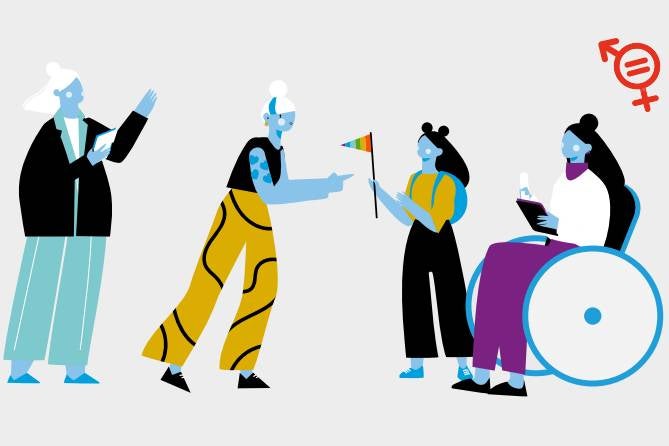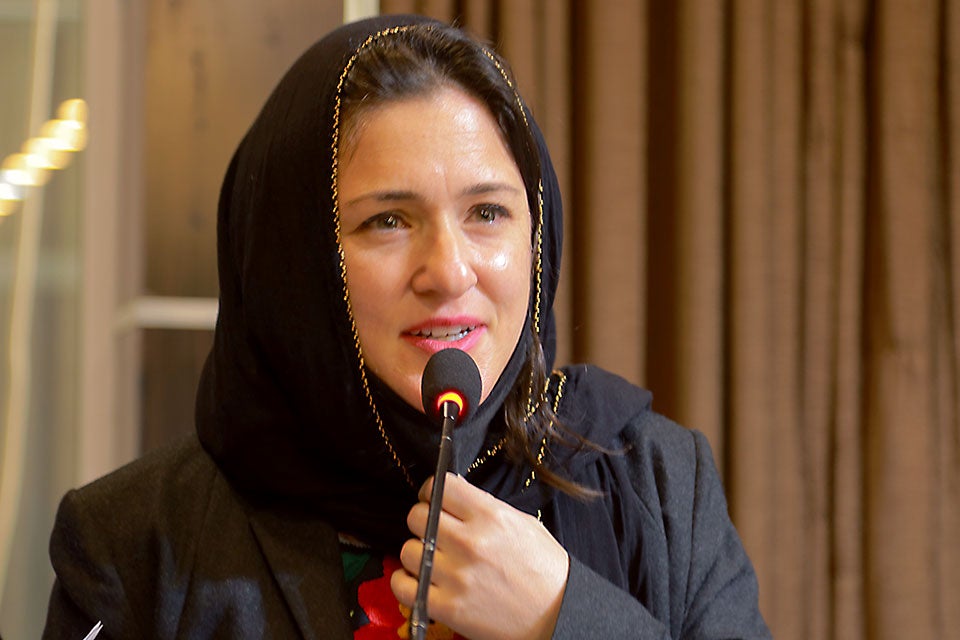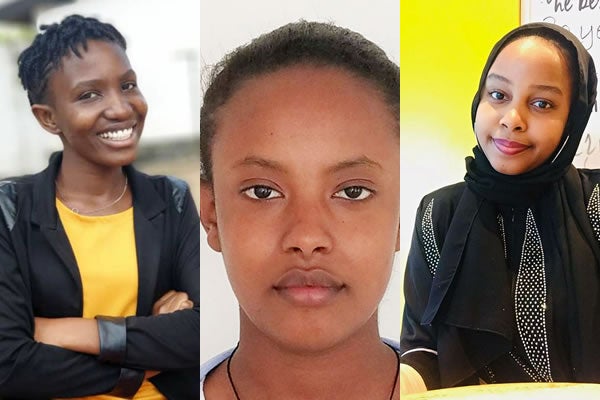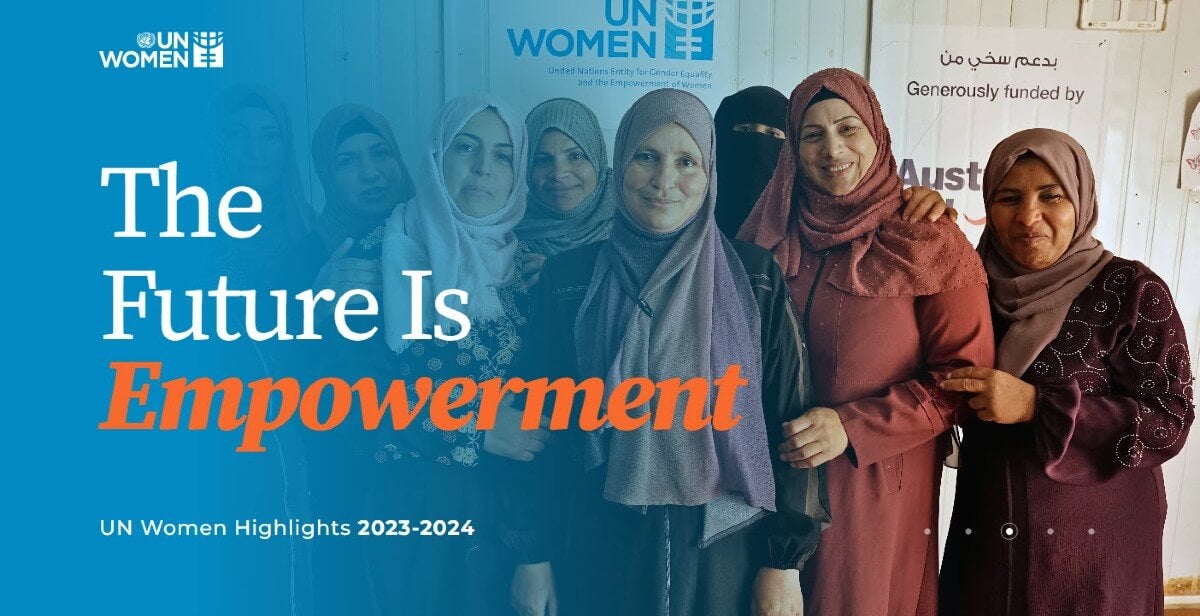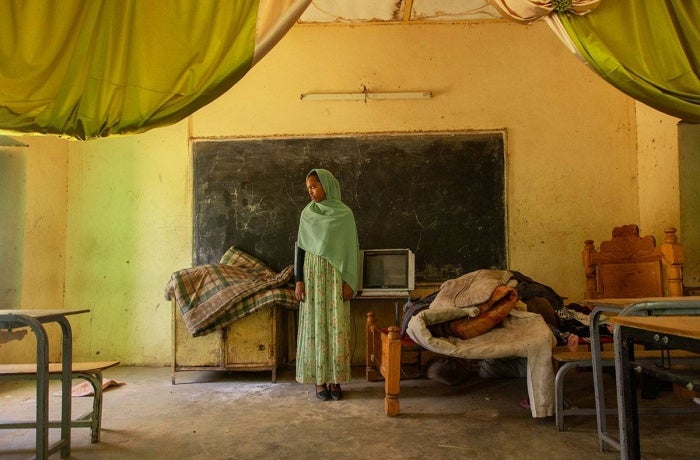The long walk home: Displaced Gazans are going back
"I've been walking for two hours now”, said Hanin Hamaduna, a Gazan journalist and a mother of a 14-year-old boy, as she embarks on a long way back to North Gaza, having been internally displaced by the war. Hers is a journey that is as much about hope and resilience as it is about heartbreak.
She is walking home – to whatever remains of it. After enduring a devastating 15-month war, she walks with uncertainty, not knowing the fate of her home or the extent of its destruction.
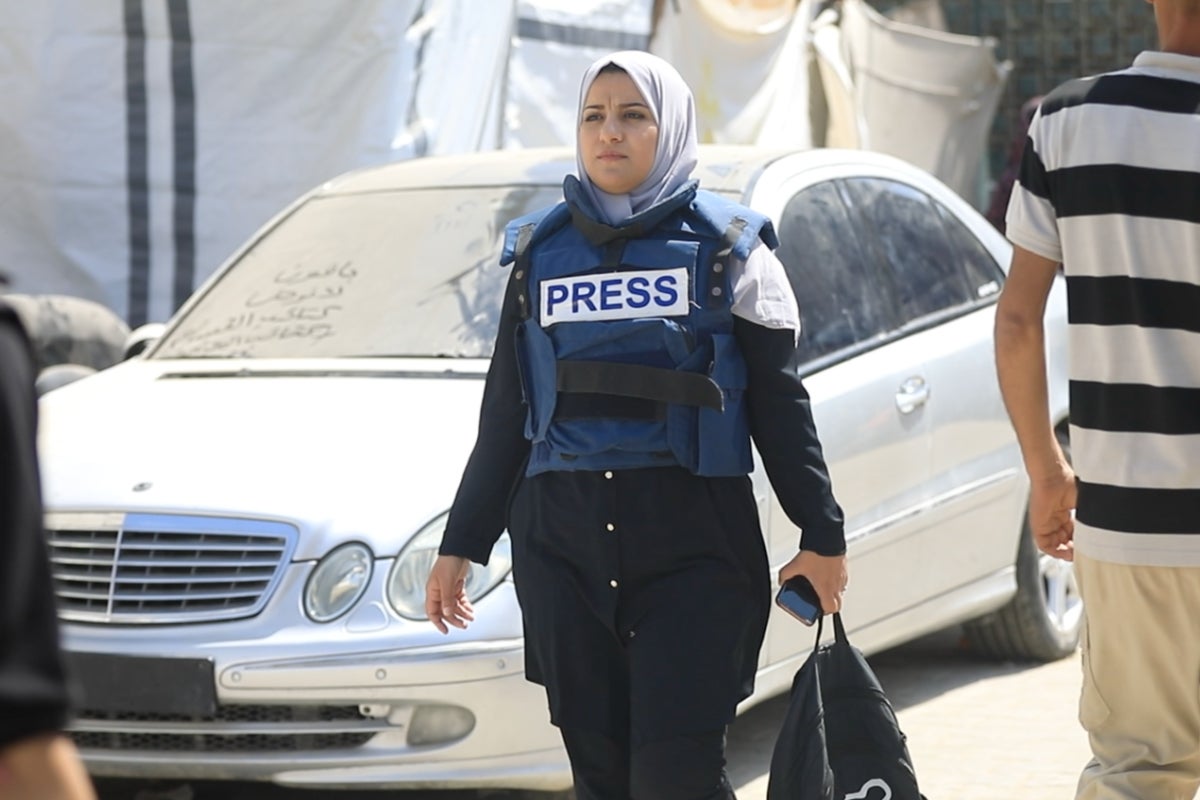
Hamaduna began her journey early morning, at 6.30 a.m., joining thousands of displaced persons returning to the northern part of the Gaza Strip, carrying the weight of war on their backs.
Since the 7 October 2023 attacks on Israel by Hamas and the subsequent devastating war on Gaza, Hamaduna and her family have been displaced more than 10 times within Gaza. Her voice, weary yet defiant, carries the echoes of thousands of others as she walks: “We started from Rashid Street, walking about 7 kilometers. The road is filled with tired faces, but they are smiling." She adds, "[People] can't believe they are going back. Even if our homes are gone, the most important thing is returning to our homeland.”
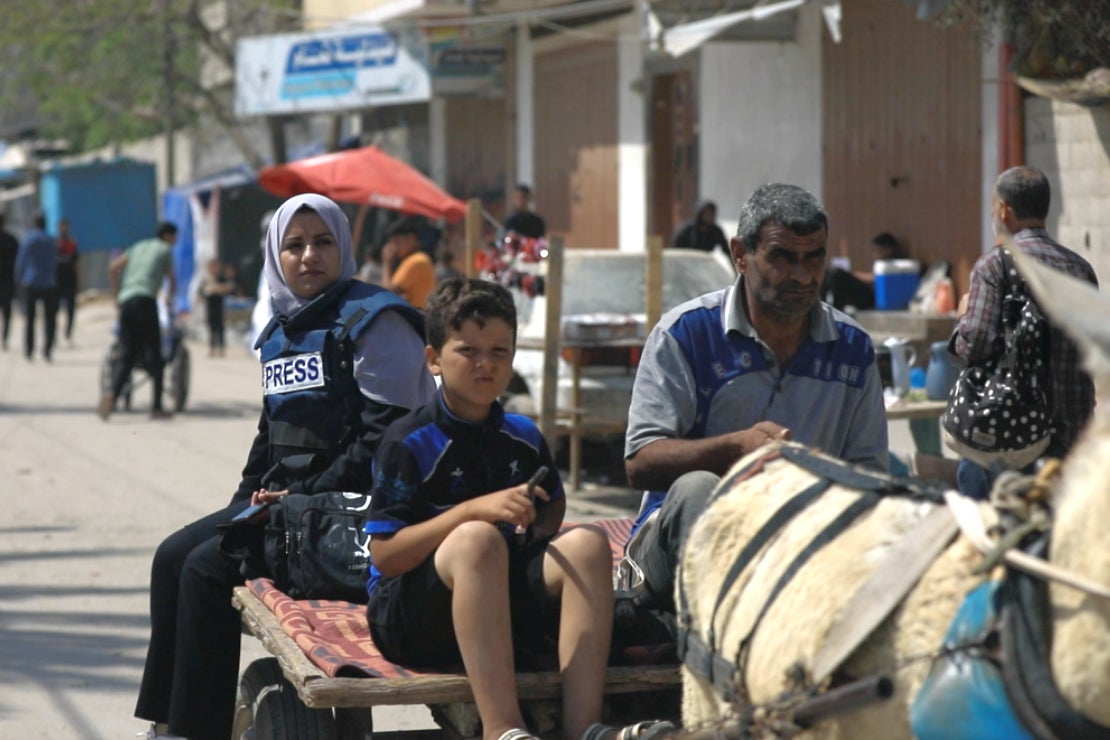
Ninety per cent of Gaza's population has been displaced
Home is more than a structure, it is family, neighbours, identity, a sense of belonging.
Before the war, Hamaduna called the Nasr neighbourhood in central Gaza City her home. But on 14 October 2023, her world changed forever as she was forced to flee with her family.
“It was a heartbreaking scene—walking in crowds, not knowing where we were going or what lay ahead,” she recalled.
Like Hamaduna, 90 per cent of Gaza’s population – close to 2 million people – were displaced, according to OCHA, leaving behind their homes and lives for an uncertain future. Thousands of lives were lost.
Displaced people from Gaza want to return home, to Gaza
Hamaduna survived two attacks during her displacement, escaping with nothing but her life.
The first attack occurred as she was making her way from the south to the north; the Israeli army bombed a bus while she and others were walking. The second happened while she was working at Al-Shuhada Al-Aqsa Hospital, where an airstrike targeted a journalists' tent.
“When I left Gaza, I left behind everything—my home, my work, my entire world,” she said.
Today, Hamaduna returns to what remains of the Nasr neighbourhood, now reduced to rubble. She is among 650,000 displaced people making this journey, according to Gaza’s Ministry of Health. Since the war began, over 1.93 million people out of Gaza’s 2.3 million population have been displaced, each carrying their own story of loss and resilience.
They want to return home, to Gaza.
Women of Gaza and the impact of war
Hamaduna also embodies the story of thousands of women living under the crushing weight of war. According to UN Women statistics from 2024, nearly 1 million women and girls have been displaced. Yet, even in the face of such devastation, they carry a fragile glimmer of hope.
“The houses may be gone, but the streets, the land, and the memories remain,” explained Hamaduna. “It’s important for us to return - to start over.”
Hamaduna checks the time. “Two more hours to go,” she says. Her voice is tired but determined. Two more hours of walking, to find out what remains of the life she once knew.
“Hopefully, we’ll make it,” she says.


